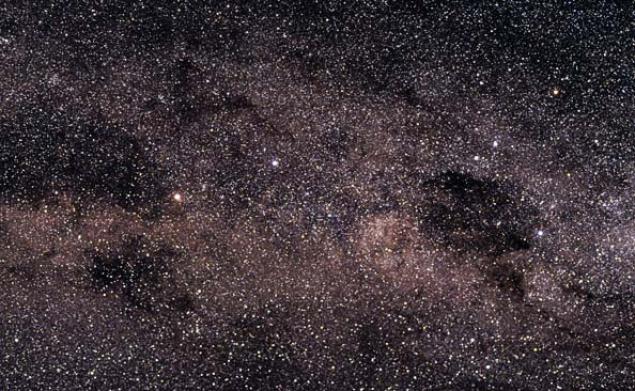Nature: Meteor Showers
Monday, October 20th, 2014This is Passport to Texas
When small fragments of cosmic debris – created when a comet swings past the sun – enter the earth’s atmosphere at incredibly high rates of speed, they manifest as streaks of light in the night sky.
We generally name meteor showers for the constelations from which they seem to radiate. For example, the popular Perseid meteor shower, which peaks in mid-August, seems to come from the constellation Perseus – and thus its name. While arguably the most popular meteor event, the Perseid is only one of many that occurs year-round.
In fact, this week [October 21-22] the Orionids will peak; in a normal year you may see 20-25 meteors an hour; in a great year, as many as 50 an hour.
The Leonids, which peak November 15 & 16 come from the comet Temple-Tuttle; while the Leonids have provided stunning meteor storms as recently as 2001 expect only about 15 meteors an hour this year.
The Geminids, which peak the weekend of December 13 & 14, will offer the most impressive show of 2014. These meteors are often bright and intensely colored. What makes this event top notch is that meteors start showing up before 10 p.m. That means you don’t have to get up in the middle of the night to see them.
Find a list of other meteor events at passporttotexas.org. And follow us on twitter, we’re @passporttotexas.
That’s our show for today. .. Funding provided in part by Ram Trucks. Guts. Glory. Ram
For Texas Parks and Wildlife…I’m Cecilia Nasti.



 Passport to Texas is a
Passport to Texas is a  Passport to Texas is made available by:
Passport to Texas is made available by: